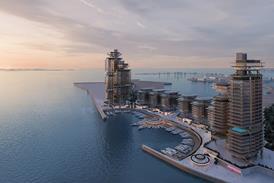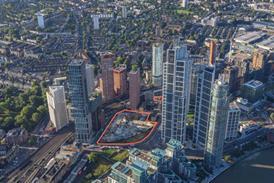- Home
- Intelligence for Architects
- Subscribe
- Jobs
- Events

2025 events calendar Explore now 
Keep up to date
Find out more
- Programmes
- CPD
- More from navigation items
‘Green’ places are not always the most sustainable. Can Labour square the circle on green space and urban density?

Labour’s pledge to release green belt for new housing raises important questions about the balance between density and sustainability, writes Joe Holyoak
The new Labour government has invented something called the “Grey Belt”, about which nobody previously knew. It is proposing to build on it, to help to meet its big plans for new housing development. But what kind of housing will it be? One looks in vain for any clue in Labour party policy.
Unlike Tony Blair’s 1997 government, to which this new government is often compared, it is improbable that there will be a commission to today’s equivalent of Richard Rogers to write a “Towards an Urban Renaissance” policy for the 2020s. So far Angela Rayner shows no sign of being a new John Prescott.
Given what looks like a continuation of the dependence on commercial house-builders to achieve the projected housing numbers, it seems likely that we shall get low density urban enlargement similar to what we already have - just more of it.
…
This content is available to registered users | Already registered?Login here
You are not currently logged in.
To continue reading this story, sign up for free guest access
Existing Subscriber? LOGIN
REGISTER for free access on selected stories and sign up for email alerts. You get:
- Up to the minute architecture news from around the UK
- Breaking, daily and weekly e-newsletters
Subscribe to Building Design and you will benefit from:

- Unlimited news
- Reviews of the latest buildings from all corners of the world
- Technical studies
- Full access to all our online archives
- PLUS you will receive a digital copy of WA100 worth over £45
Subscribe now for unlimited access.






